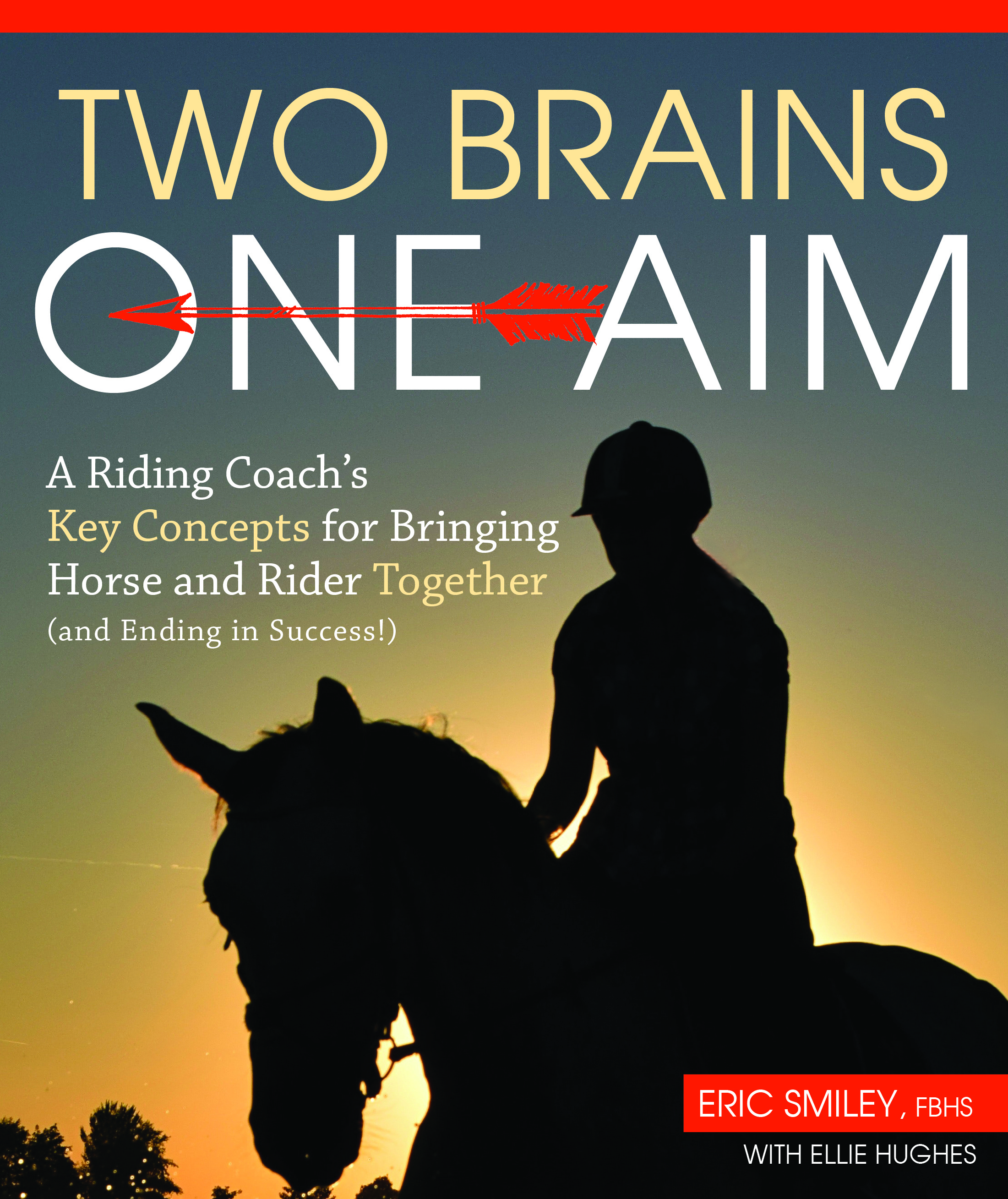This excerpt from Two Brains, One Aim by Eric Smiley with Ellie Hughes is reprinted with permission from Trafalgar Square Books (www.horseandriderbooks.com).
In this excerpt from his book Two Brains, One Aim, popular coach and clinician Eric Smiley explains why riders need to ride the way racecar drivers drive.
I am conscious that in most training systems riders have been taught to ride in a straight line toward a fence, and that each straight line should be preceded by a corner, where the horse is balanced and “set up” in preparation for leaving the ground. The rider is encouraged to “see a stride” and make any necessary adjustments so that the arrival at the fence is “correct.” This seems to be a pre-programmed process.
Increasingly, though, I have found this does not work. In fact, I believe it has so many flaws that it inhibits people from jumping to their full potential.

Photo Credit: Venkat Narayanan
Here is why:
1 Riding a corner can improve the horse’s balance, but it can also cause a loss of balance, interrupt the quality of the canter, and kill the impulsion. The aim is to arrive at the point of takeoff with the very best canter possible and so give the horse the greatest chance of jumping cleanly. Having broken the flow at this critical moment by riding a corner, what might have been a really good canter is now lost; the result is that the rider either “holds” or “chases” in an effort to try to recover the canter. Neither works.
2 To set up for a fence is yet another interruption to the canter, which may have been good in the first place. For the rider to set up because she believes she should is yet another interruption to the partnership’s focus.
3 Seeing a spot or looking for a distance causes more anxiety than just about any other subject in riding. I have already mentioned this, and in all my coaching I try to wean riders and coaches off the concept.
The Alternative Way
Racecar drivers are able to maintain power through a bend so as not to surrender precious seconds by drifting, spinning, or losing balance. They do this by choosing a gear and a speed that is appropriate for the track they are driving. Riders need to do something similar. Rather than trying to ride corners and tight turns, I believe riders should be focusing on executing continuous lines with no interruption to the balance, in a canter that is being continually assessed and improved or maintained. At the same time the horse should be encouraged to “buy in” to seeing where he is in front of the fence and following the line. This becomes a win-win situation because riders can build on what they can do rather than struggling with something they find difficult. I like to think of the idea as the “Deadman’s Corner” versus the
“Wiseman’s Curve.”
So, where do you start?
In dressage, a lot of time is spent perfecting the canter and riding circles. There should be the same focus when jumping. On the flat, all sorts of sized circles can be ridden, but for jumping between 12 and 20 meters is best. Start by aiming to increase and decrease the size of the circle without losing the quality of the canter. By retaining forwardness, straightness, and regularity you now have a pace and a line that will allow horse and rider to cope with the vast majority of jumps—without having to see anything!

Pick up your copy of the Two Brains, One Aim by Eric Smiley with Ellie Hughes from Trafalgar Square Books HERE!
